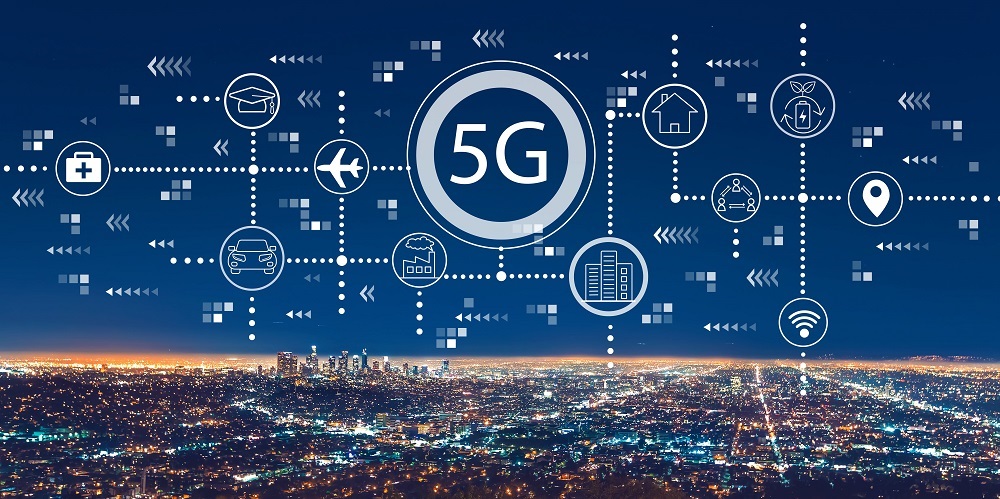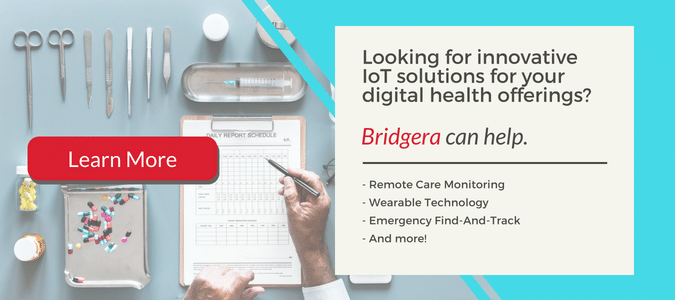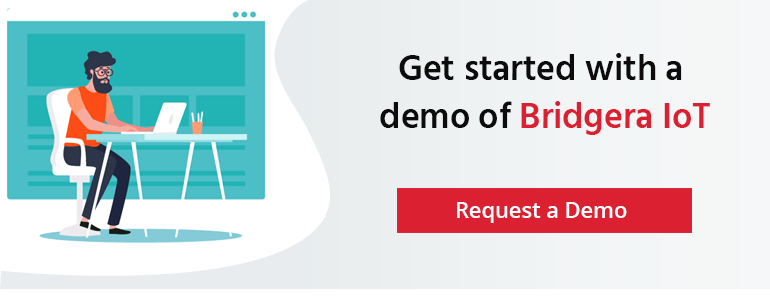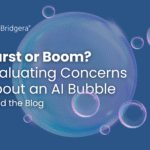Addressing the health care transformation with 5G, Ericsson predicts a significant revenue opportunity of $76 billion for health care operators. Well, before we actually count on IoT plus 5G merger as one of the most vital revolutions in the healthcare industry, it is important to understand what actually 5G is all about.
What is 5G?
If 1G was all about voice, 2G about voice and texting, and 3G about voice, texting, and data; 4G was everything in 3G but faster. 5G is touted as the next-generation technology that is even faster. It will be fast enough to download a full-length HD movie in seconds. However, the fifth generation wireless network is much more than just fast downloads.
With super-fast connectivity, very low latency, and widespread coverage, 5G can support smart vehicles and transport infrastructures by connecting vehicles, where a split-second delay could mean the difference between a smooth flow of traffic in one instant and a crash at an intersection in another.
Not surprisingly, 5G has begun to be considered as the nirvana for “internet of things” or IoT devices, such as connected street lamps, traffic lights, driverless cars, automated machinery, and much more. Digital capabilities based on AI, autonomous operations, virtual reality, and drones are among the solutions that will employ 5G networks to deliver big gains in productivity and accelerate innovation. And 5G can further enable several use cases that were previously limited, due to lower throughput and performance.
How 5G can be a gamechanger for health care
Coming back to the $76 billion opportunity: 5G in health care is much more than just a number game. The industry has been a laggard when it comes to adopting new technologies as it’s continuously marred by a complex regulatory environment and deeply embedded legacy systems. But all this is set to change as 5G is expected to bring about significant improvements in care quality and patient experiences while lowering costs and improving operational efficiency.
With millions of connected wearable devices and sensors in the industry, a 5G rollout will mean that even the smallest devices will be able to perform high-level computations, going way beyond what they offer now. And for health care, this means the birth of entire digital ecosystems that can aid medical research, diagnose conditions, and provide treatment at ever-increasing rates.

Futuristic 5G driven health care scenarios
Here are a couple of futuristic use cases that will accelerate with the widespread 5G adoption.
Intra-hospital monitoring
Wearable devices will make it easier for hospitals to continuously collect, report, and transmit patient information to a remote monitoring center. Monitoring devices are already being made in the form of patches that can transmit patients’ biometric information, such as their blood pressure and electrocardiogram data, back to the monitoring center. 5G will make the overall process more efficient.
Mobile ward rounds and remote consultation
5G and wider network coverage will allow health care professionals to work more flexibly as doctors can conduct real-time ward rounds anywhere using 5G mobile devices. The fifth generation networks are also faster and more secure in transmitting medical data like digital medical records and visual content. Remote medical consultations can happen in real-time with the same level of effectiveness as face-to-face interactions.
Wireless specialist diagnosis
With 5G, specialist diagnoses such as electrocardiogram, imaging, and test results can be transmitted almost in real-time. This will make future specialist diagnoses more convenient. Doctors will also be able to provide specialist diagnosis services anytime, anywhere.
Remote surgery and teaching
With low latency, high speed, and high reliability, 5G will help high-level health care professionals provide surgical guidance to primary hospitals thousands of miles away, or even make remote robotic surgery a reality, or in the case of China, more widespread.
Emergency response
5G will transform emergency services significantly. Paramedics can seamlessly check the patient’s past medical records, perform EKGs/ECGs, B-scan ultrasonography, and more. From inside a connected ambulance, the network devices can communicate the situations and send the results back to emergency room doctors for guidance in real-time. The inside remote consultation system as that of an ambulance can help inform and prepare hospital staff for dealing with trauma and life threatening emergencies before the patient actually reaches the hospital.
In conclusion
A better future is coming with 5G-enabled smart health care. And the disruption is being led by a slew of innovative startups. BRIDGERA has already completed prototypes and pilot implementations on use cases ranging from medication monitoring to clinical trials to home health care. Our IoT capabilities include a highly customizable IoT platform along with tools to generate actionable insights. We can help you take your idea from concept to implementation in a few weeks! Our digital twin can also help you emulate your IoT device / sensor so you do not actually have to spend time and money on expensive hardware design to establish feasibility.






